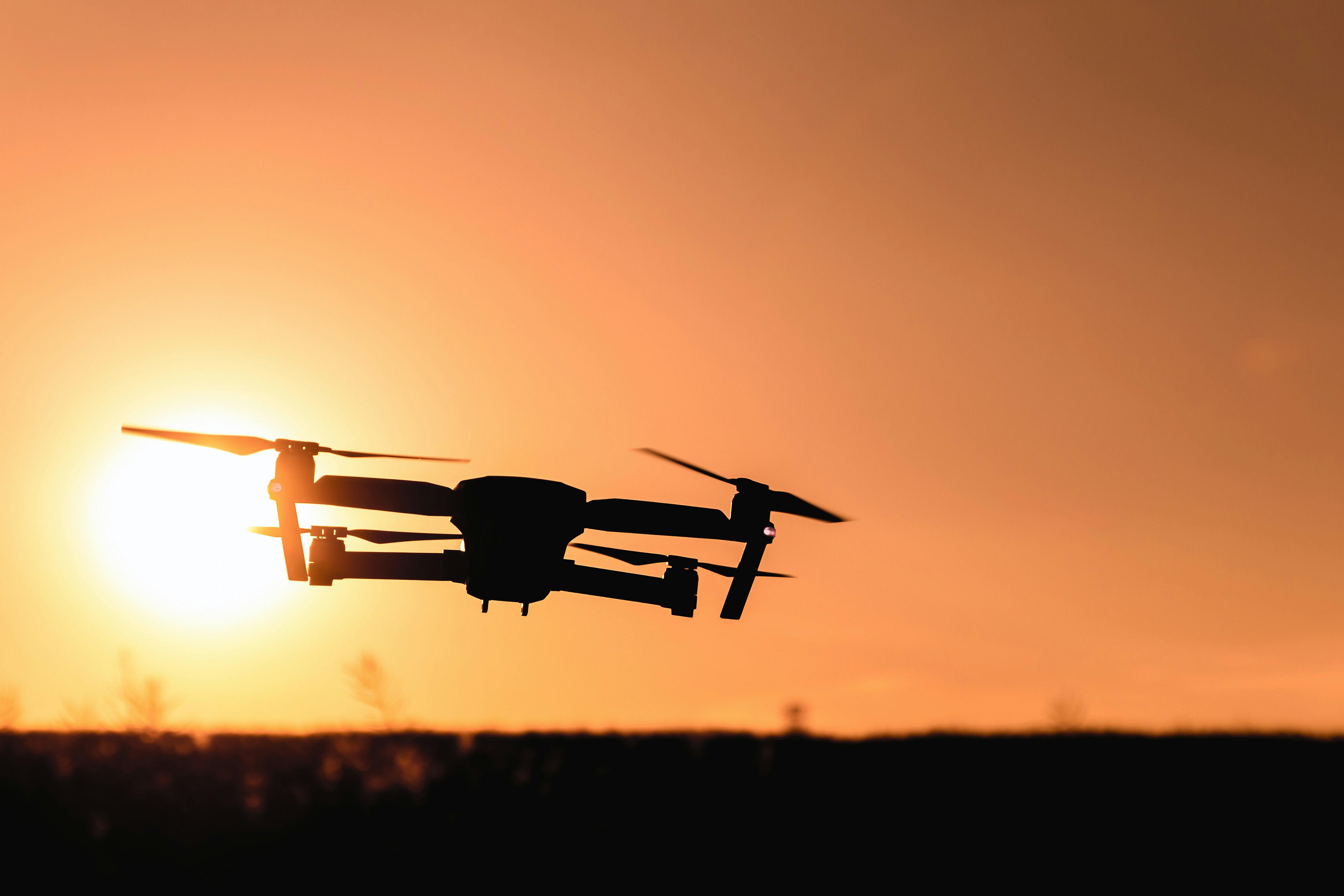Defying Gravity: The Skyrocketing Popularity of Mini Drones
Drone technology has been on a meteoric rise, with mini drones taking center stage. These tiny flying machines are not just toys, but tools for various practical applications. They're changing the game in fields ranging from entertainment to surveillance, and their popularity shows no sign of slowing down.

A Brief History of Mini Drones
Mini drones, also known as micro or nano drones, are a relatively recent development in the world of drone technology. They originated in the early 2000s, when the military started exploring the potential of smaller, more easily maneuverable drones for surveillance and reconnaissance. By the late 2010s, mini drones had entered the consumer market, with manufacturers developing models designed for recreational use and aerial photography.
The Rise of Mini Drones
The past few years have seen an explosion in the popularity of mini drones. This growth can be attributed to several factors. Firstly, advances in technology have made it possible to pack more features into these small packages, improving their capabilities while keeping them lightweight and portable. Secondly, mini drones are more affordable than their larger counterparts, making them accessible to a wider range of consumers. Finally, regulatory changes have generally been more lenient towards small drones, enabling their use in more situations.
The Current State of Mini Drones
Today, mini drones are used in a variety of applications. For example, they’re popular with hobbyists and enthusiasts for recreational flying and aerial photography. They’re also used in professional settings, such as real estate photography and inspections of hard-to-reach places.
The market for mini drones is still growing. According to a report by MarketsandMarkets, the global drone market is expected to grow from $22.5 billion in 2020 to $42.8 billion by 2025, with mini drones forming a significant part of this growth.
The Future of Mini Drones
Looking ahead, the future of mini drones is promising. Improvements in technology and reductions in price are likely to make them even more popular. There’s also potential for new applications, such as using mini drones for deliveries or environmental monitoring.
However, there are also challenges. Privacy concerns and safety issues could lead to stricter regulations, which may limit the use of mini drones. Manufacturers and regulators will need to work together to ensure that mini drones can be used safely and responsibly.
Wrapping Up
From their military origins to their current widespread use, mini drones have come a long way in a short time. They’re a testament to how technology can shrink in size but grow in significance. As these tiny flying machines continue to evolve, they’re set to change our world in big ways.






